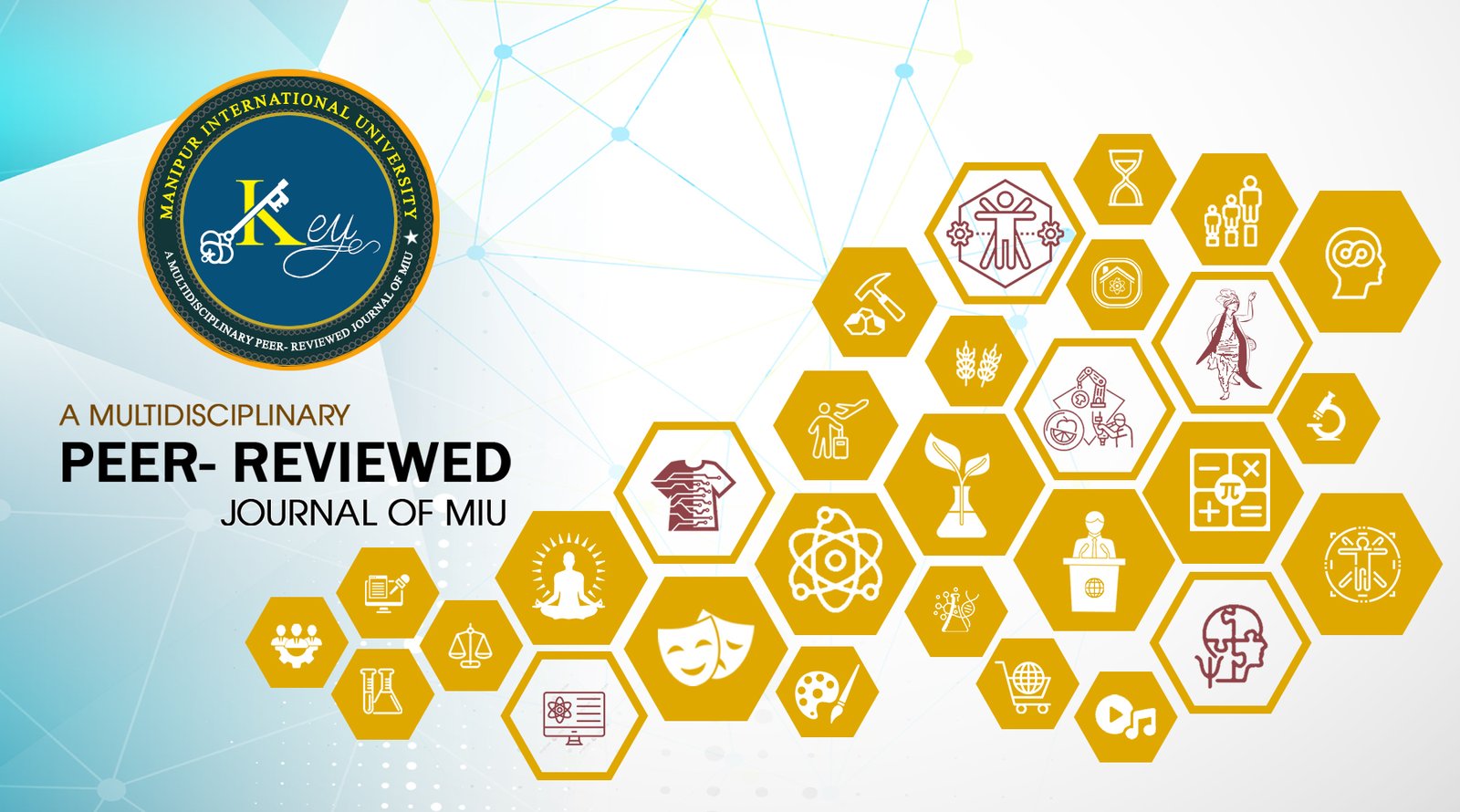Standard Protocol for the Production of Vegetable Wine: Citrullus lanatus (Thunb.) Matsum. et Nakai; Beta vulgaris L. and Ipomoea batatas L.
Keywords:
Anthocyanins, Betalain, Low-alcoholic beverages, Lycopene, Saccharomyces cerevisiae, Total soluble solids (TSS), Alcohol content, and Titratable acidity (TA), Vegetables wine.Abstract
The methodology employed in this wine making process follows established scientific standards with slight modification from previous findings to develop and evaluate functional alcoholic drinks from Citrullus lanatus (Thunb.) Matsum. et Nakai; Beta vulgaris L. and Ipomoea batatas L. juices using fermentation with Saccharomyces cerevisiae var. ellipsoideus yeast, thereby enhancing the reliability of the results. The objective was to examine how these indigenous vegetable raw materials influence the chemical composition and sensory qualities of the resulting wines and assess their potential as value-added functional drinks. The wines were analyzed for pH, total soluble solids (TSS), alcohol content, and titratable acidity (TA), while sensory evaluation was conducted using a nine-point hedonic scale assessing colour, aroma, flavour, clarity, and overall acceptability. The resulting wines exhibited distinctive flavours, vivid colours, and health-promoting bioactive compounds, indicating strong consumer potential. Although further research is needed on factors like storage stability and environmental effects, this protocol offers a scientifically grounded baseline for new producers. Unlike traditional rice or fruit-based wines common in Manipur like “atingba,” “waiyu,” or “khari,” wines from beetroot, watermelon, and purple sweet potato represent a novel and promising development in the region’s wine industry.


